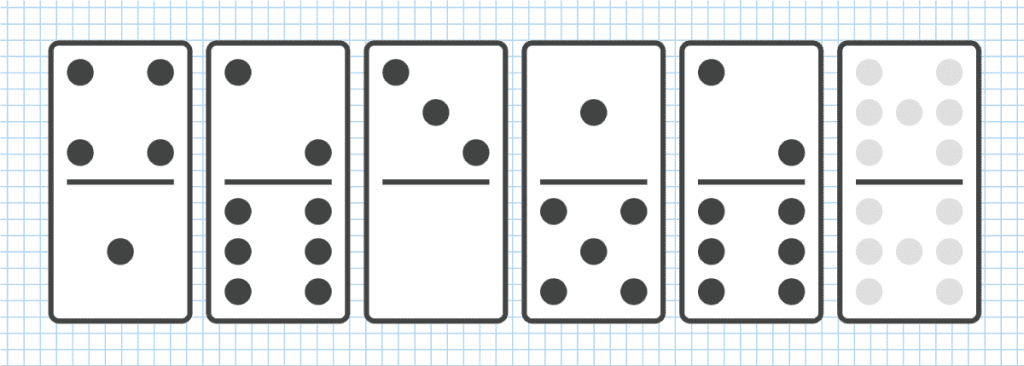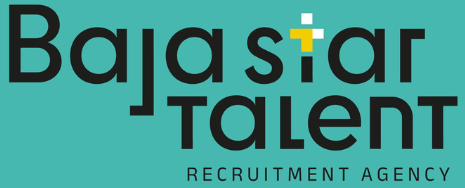They allow companies to obtain an accurate profile. They not only measure capability: some can even demonstrate if someone can tolerate pressure. Here are the keys.
Companies, SMEs, and startups are increasingly turning to psychology to hire suitable individuals: these tests allow obtaining required profiles in a short time. Some require more manual dexterity than general knowledge, while others demand tolerance to pressure or good writing skills.
Furthermore, these tests allow knowing if a candidate is unstable, meaning, if they won’t commit to a project or don’t desire it. Or if they have any social impediment that makes them more suitable for concentration jobs than for team planning.
The needs are different: ranging from verbal aptitude and good spelling to numerical aptitude and abstract and spatial reasoning ability.
These are the main tests, which can be combined in one interview
1- Wartegg Test

Developed by Ehrig Wartegg in 1930, it consists of completing a blank sheet with 8 squares with the drawing of suggested figures such as a hat, ball, rainbow, among others.
It allows knowing some aspects of the candidate’s personality, as well as their position in the world, interpersonal relationships, moods, and preferences.
2- Person in the Rain

“It is a graphic projective test that evaluates the self-image that the individual presents in adverse conditions. Through the drawing, our inner world is revealed, such as thoughts, emotions, and reactions against stressful situations”, says the network of Psychology professionals from Córdoba, Argentina.
The person must draw someone in the rain and then explain why they did it that way. Do they have an umbrella? Is he or she happy? Are they wet and without an umbrella? This helps psychologists understand how you emotionally react to adverse situations.
3- Human Figure Drawing Test

Created by Karen Machover, it consists of drawing a human figure as an expression of needs or specific conflicts. The artistic aspects of the drawing are not taken into consideration for evaluation; rather, the theme of the drawing, its position, and dimension are considered. It is observed if there is a floor or not, if the person occupies the entire sheet, if they are in a corner, and other variables.
4- Domino Test or D48

A non-verbal intelligence test created by English psychologist E. Anstey, used to understand central functions of intelligence such as abstraction and comprehension of relationships, and its ultimate goal is to measure the General Factor (G).
According to this test, the branches of intellectual activity have a fundamental function in common (Factor G) while the remaining or specific elements of activity (Factor S) would correspond to a particular ability.
5- Lüscher Test or Color Test

Created by Swiss psychotherapist Max Lüscher in 1947, it is still applied today especially as a complementary method for personnel selection. In the brief procedure of the Lüscher color test, eight color cards are presented for the subject to arrange based on their preferences.
According to the combinations, the results will vary: gray can represent apathy or neutrality, depending on the order in which you place it. Blue represents tranquility and yellow represents light and joy, although depending on the position in which you place the card, it can indicate illness.
